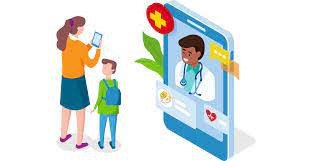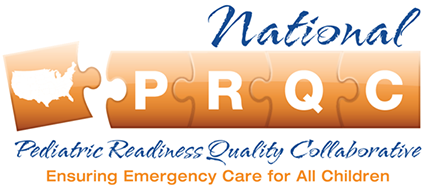
Call for Applications: Telehealth Collaborative
The EMS for Children Innovation and Improvement Center Telehealth Collaborative will launch in January 2021 and continue through June 30th, 2021. The primary purpose of this collaborative is to evaluate the impact of public health crises on children and youth …
Read More..









